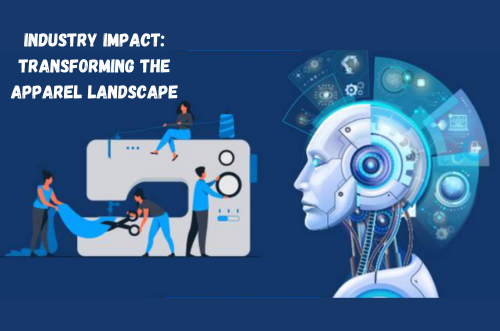Introduction
In today’s fast-paced fashion industry, innovation and efficiency are key to staying ahead of the competition. The Fashion Factory is not just a manufacturing hub; it represents a paradigm shift in how clothing is produced, marketed, and distributed. By integrating cutting-edge technology with sustainable practices, The Fashion Factory is setting new standards in the apparel sector. This article delves into the business model, industry impact, and future prospects of this revolutionary concept.
The Business Model: Efficiency and Innovation
The Fashion Factory operates on a streamlined business model that prioritizes quality, affordability, and speed. The core aspects of its success include:
1. Mass Customization
Unlike traditional manufacturing units that produce standard sizes in bulk, The Fashion Factory embraces a mass customization approach. Advanced digital pattern-making tools and automated cutting machines allow brands to offer personalized fits without compromising production speed.
2. Sustainable Manufacturing
Sustainability is at the heart of The Fashion Factory’s operations. By utilizing recycled fabrics, implementing zero-waste cutting techniques, and using energy-efficient production lines, the company significantly reduces its environmental footprint. Water-saving dyeing methods and biodegradable packaging further reinforce its commitment to sustainability.
3. Smart Supply Chain Management
The Fashion Factory integrates AI-driven logistics to optimize inventory management, minimize lead times, and prevent overproduction. This ensures that retailers receive their stock precisely when needed, reducing unsold inventory and enhancing profitability.
4. Direct-to-Consumer (DTC) Strategy
With the rise of e-commerce, The Fashion Factory empowers brands to bypass intermediaries and sell directly to consumers. This model improves margins while allowing customers to enjoy better pricing and exclusive designs.
Industry Impact: Transforming the Apparel Landscape

The Fashion Factory is disrupting the fashion industry in multiple ways:
1. Empowering Small and Medium Enterprises (SMEs)
Many emerging fashion brands struggle with high production costs and limited access to manufacturing facilities. The Fashion Factory provides a scalable solution where even small businesses can produce high-quality garments without massive upfront investments.
2. Faster Fashion Without Compromising Ethics
While fast fashion has been criticized for its exploitative labor practices and environmental harm, The Fashion Factory offers a more ethical alternative. Automated production reduces reliance on low-wage labor, while fair trade policies ensure better working conditions for human-operated processes.
3. Encouraging Local Manufacturing
By leveraging smart technology, The Fashion Factory makes it economically viable to produce garments locally, reducing dependency on overseas factories. This not only creates local employment opportunities but also minimizes carbon emissions associated with long-distance shipping.
The Future of The Fashion Factory
As consumer preferences shift toward sustainability and customization, The Fashion Factory is well-positioned to lead the next wave of fashion industry advancements. Future developments may include:
1. AI-Driven Design Assistance
Artificial intelligence is expected to play a significant role in fashion forecasting and design optimization. The Fashion Factory is investing in AI-powered design tools that allow brands to predict trends, optimize patterns, and minimize fabric wastage.
2. Blockchain for Transparency
Consumer awareness of ethical fashion is growing, and blockchain technology could help The Fashion Factory enhance supply chain transparency. By allowing customers to track the journey of their garments from raw materials to finished products, brands can build trust and loyalty.
3. 3D Printing in Apparel Production
3D printing technology is evolving, and The Fashions Factory is exploring its potential in apparel manufacturing. This could revolutionize how garments are produced, allowing for on-demand, waste-free production.
Conclusion
The Factory represents a bold step forward in the evolution of the fashions industry. By embracing automation, sustainability, and digital innovation. It is not only improving operational efficiency but also redefining how clothes made and sold. As the demand for ethical, high-quality, and customized grows, The Factory is set to be a key player in shaping the future of apparel manufacturing. Whether you are a fashion entrepreneur or a conscious consumer, this innovative business model is paving the way for a more sustainable and efficient fashion ecosystem.











